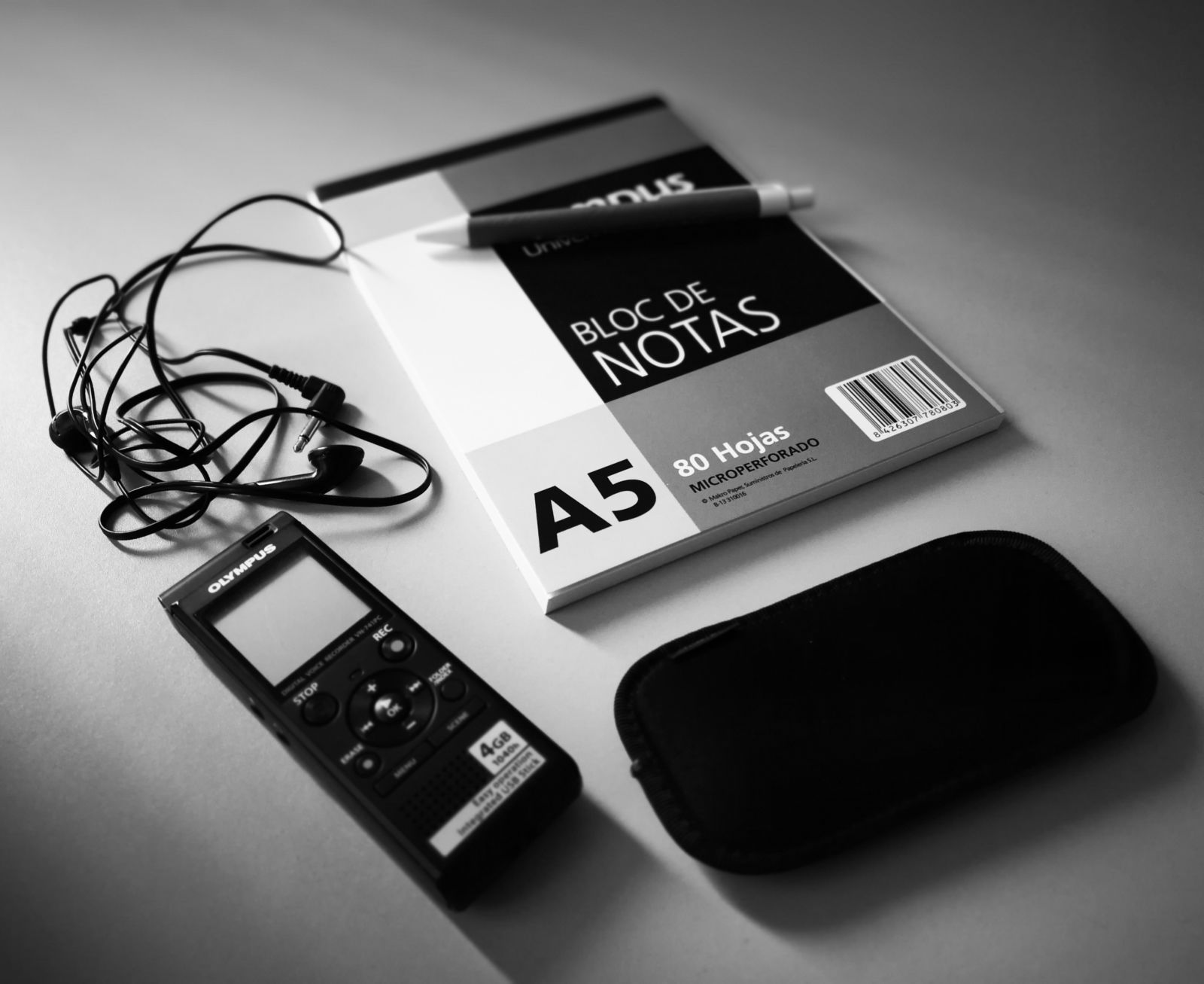Interpreting for the Prime Minister of India Mr. Narendra Modi in Brussels
On 30 March 2016, I interpreted in what has easily been the most prestigious context of my interpreting career – the official reception of the Prime Minister of India Mr. Narendra Modi by the Prime Minister of Belgium Mr. Charles Michel, followed by the 13th EU-India Summit, where President of the European Commission Mr. Jean-Claude Juncker, President of the European Council Mr. Donald Tusk, President of the European Parliament Mr. Martin Schultz and High Representative of the European Union Ms. Federica Mogherini were present. It was exhilarating, intense and frankly a little surreal to be sharing space with so many important people, but it was an experience where I was forced out of my comfort zone and as a result, learnt a lot.
While I trained at the Masters in Conference Interpreting at the University of La Laguna in the English booth with German and Spanish and added French shortly after, these events were in Hindi <> French and Hindi <> English respectively. I began preparing by listening to past speeches by PM Modi as also PM Michel, trying to get a feel for them as speakers and most importantly, activating the necessary linguistic resources as these were language combinations that I have little opportunity to use. There was very little to go on in the lead-up to both events and finding a way to prepare effectively in such a blurry context was something I found quite challenging. A good interpreter training course makes sure to include tips and tricks for meeting preparation, and I was glad to have this foundation upon which to structure my research and practice. As any interpreter knows, this a profession where you, per force, learn on the job, so here are some of the things I picked up thanks to this amazing opportunity:
– Everyone has a plan for such events, but eventually you have to just go with the flow and take it as it comes. It was only an hour before the actual reception that it became clear what language combination I would be interpreting – not only was there initial doubt about whether PM Modi would speak Hindi or English, we were also not aware that Indian Government protocol dictates that everything said by the Indian PM has to be interpreted by his interpreters. In this case, as I had been hired by the Belgian PM, I would only be interpreting what the Belgian PM said, i.e. I would be working exclusively from French to Hindi. Furthermore, the tête-a-tête between the two PMs was meant to be in chouchotage but once they were in the room, consecutive was chosen instead. Such seemingly small changes can be quite unnerving but when you train as an interpreter, you realise that thinking on your feet and adapting to changing circumstances is very much part of the job profile.
– It’s always about the message. In the first couple of exchanges during the tête-a-tête, I was focusing too much on the fact that certain technical terms were not part of my active Hindi vocabulary. But the moment I decided to go one level higher – what is the point PM Michel wants to make, it started to flow more smoothly. This was the case with the dinner meeting at the EU-India Summit as well. This time around it was in simultaneous, but the premise was similar. When world leaders get together, they obviously want to be diplomatic but not at the cost of the message they want to get across – as long as you focus on what the speaker’s position is, you can find a way to effectively communicate it. Tactics like text analysis and ‘salami technique’ are very useful strategies in such situations and become second nature when sufficiently reinforced in training. The same can be said of booth manners and professionalism – aspects of key importance in such high-level assignments.
Besides the on-the-job learning and the chance to meet some interesting colleagues, this assignment got me in touch with a context and format that I would otherwise never have been exposed to. It was yet another example of how solid interpreting training, while in no way a substitute for linguistic competence, can go a long way in separating the men for the boys (more like the women from the girls!) when things get challenging. Each language combination has its specificities but there is a significant amount of general interpreting technique, which, when taught well, offers a high degree of transferability. It was a situation where the reaction to me being an interpreter was not so much “Oh…you’re Indian?” and more “Oh! You’re Indian!”, which in itself was vindication of the fact that each interpreter brings something unique to the table, and that this profession is enriching and exciting in its diversity.

